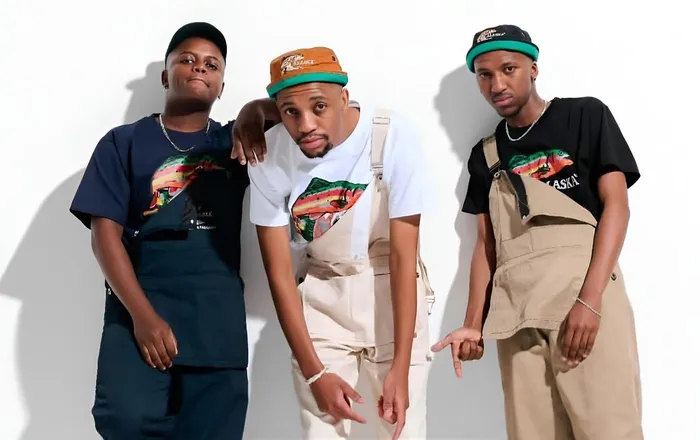Kwapi explained: the new hybrid sound shaking up South African music

Pioneered by artists such as Sam Deep, Stixx and Nvcho, kwapi draws heavily from Amapiano’s sound structure, incorporating elements like the log drum, repetitive piano loops and deep basslines.
Image: Facebook
Kwaito legends have long echoed the phrase, “Kwaito will never die.”
That statement continues to ring true as new sounds like kwapi emerge, not as replacements, but as extensions that preserve kwaito’s legacy.
While South African music has evolved through genres such as amapiano, Lekompo and 3-Step, kwapi now stands out as a sound that carries kwaito’s DNA into the present.
To understand kwapi, it is important to first know where kwaito and amapiano come from.
Kwaito was born in the early 1990s, primarily in the townships of Johannesburg, during the post-apartheid era. Artists like Arthur Mafokate, Mdu Masilela, Trompies and Mandoza played a key role in shaping the genre.
Kwaito adopted slowed-down house beats paired with township slang, chants and stories that reflected the realities and daily lives of the youth in post-1994 South Africa. It was not only music but a culture that influenced fashion, dance and language.
Amapiano, on the other hand, emerged in the early 2010s, also in Gauteng. Early pioneers included Kabza De Small, MFR Souls and Josiah De Disciple.
It was built on log drum patterns, jazz-influenced chords, piano loops and deep basslines, creating a minimalist yet infectious sound. Amapiano’s rise was rapid, eventually dominating clubs, charts and global platforms.
Kwapi sits between these two influential eras.
Pioneered by artists such as Sam Deep, Stixx and Nvcho, Kwapi borrows heavily from Amapiano’s sound structure - log drum, piano loops and basslines - but what sets it apart is its return to Kwaito’s tonal approach, vocal delivery and street-rooted storytelling.
Artists like Domza De Deejay and MC Deep have also contributed to shaping kwapi’s presence.
Their releases lean towards raw vocal textures and chant-driven hooks, inviting listeners to focus on lyrics as much as rhythm.
Kwapi is not a rejection of modern sounds but a reminder of origin. It signals that while trends change, the foundation remains.
It answers a question often asked by long-time fans of local music: “Where is the kwaito we grew up with?” The answer is that it never left, but it adapted. It lives in new beats but speaks the same township language.
I feel that kwapi offers balance. It acknowledges that music can evolve without discarding its roots.
Kwapi brings back lyrical pride, personality and the storytelling that once defined an era.
In a landscape where many songs focus on rhythm over message, kwapi challenges artists to speak again, to represent where they are from, and to do so with intent.
If kwaito said “We are here,” kwapi says “We are still here.”
And that is why kwaito, through kwapi, truly never dies.
Related Topics: